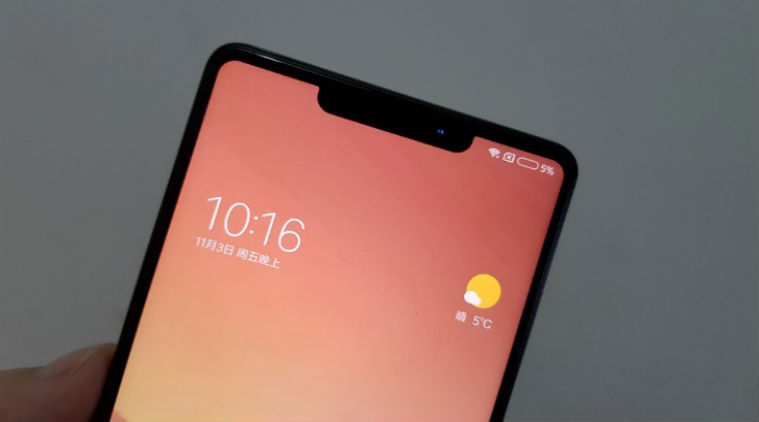
Recently Google has announced that it is building official notch support into Android P, and is laying down some ground rules in it and the first rule is: two notches is the limit.
In a blog post for developers, Android UI product manager Megan Potoski wrote that Google is working with device partners to mandate a few requirements for app compatibility purposes. Among those are limits on notches.
The mandate says that Android P phones can’t have “more than two cutouts on a device.” Only one notch is allowed per side, and notches are only allowed on the top and bottom edges not the left and right.
At this point, there is no phones with two notches, so the ban on tri or quad notch phones and left and right side notches is all theoretical. But the switch over to notched phones felt like it happened overnight, so putting some restrictions in place before things devolve should be helpful for making sure that apps continue to run properly on these strange new screens.
Now Google doesn’t have complete control over Android, so it’s not as though there can never be a phone with three or more notches. Google also said that it is working with its “device manufacturer partners,” which likely means any company with the Play Store and other Google services built into the device. That is most Android phones but it also possible that some manufacturer don’t follow the Google’s restrictions and could go out on its own and make some multi notch devices.
The real reason behind these restrictions is to make sure that apps display properly, no matter what device you pick up. Because notches can cut into the area that an app sometimes displays in, Android P includes controls to let apps either avoid or embrace the notch.
By default, Android P will expand the status bar on the top of the screen so that it takes up the entire notch, rather than cutting off part of an app. And in landscape mode, the notch will be blacked out. Megan Potoski wrote“The good news is, for the most part your app should work as intended even on a cutout device.”
If app developers want, they will be able to use the notch and have their app wrap around it. That’s something you’re probably more likely to see with maps, games, and other apps where you aren’t cutting anything out, and are instead adding screen space and creating a more immersive feeling.
Now users may have already seen this, since developers have been able to test out notch support in the Android P beta since May. The final version of the operating system is supposed to be ready near the end of the summer, though it likely won’t appear on shipping devices until some time in the fall.
Google says Android is now on 16 phones with notches from 11 different companies, and that’s likely to expand significantly in the coming year. But now i guess we won’t be seeing any of the biggest Android phone makers go too crazy with their notch count.






